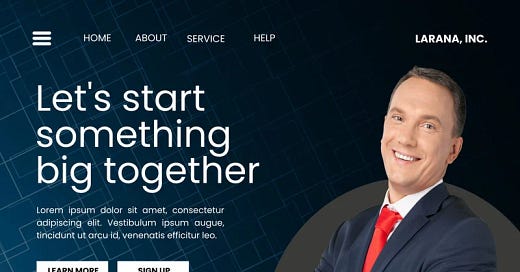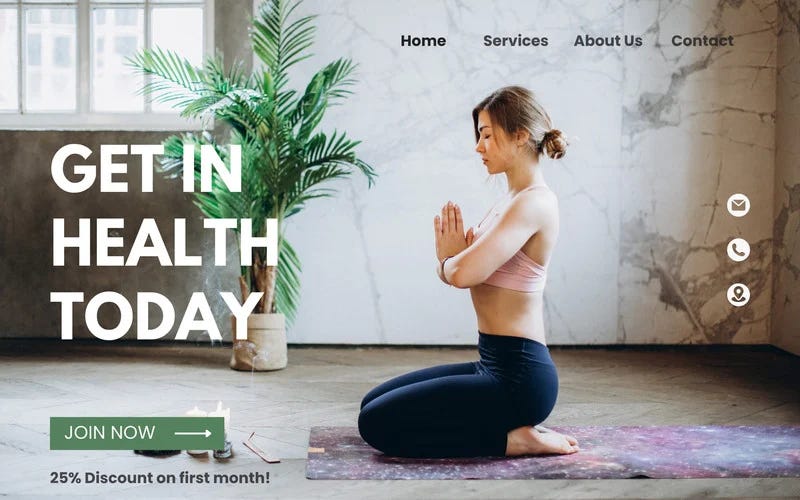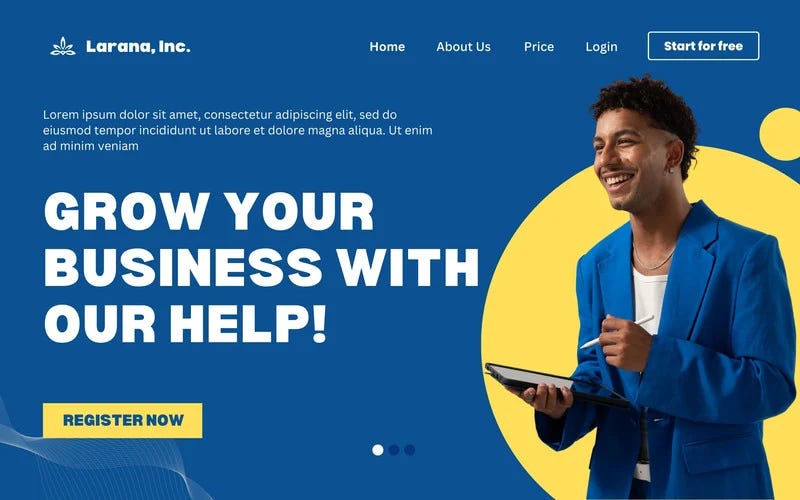7 Steps to Create a High-Converting Landing Page: A Comprehensive Guide
A Step-by-Step Guide to Designing Landing Pages That Capture Leads, Drive Sales, and Maximize ROI
A high-converting landing page is one of the most powerful tools in your digital marketing arsenal. Whether you’re running a paid ad campaign, promoting a new product, or collecting leads, a well-designed landing page can significantly boost your conversion rates and drive measurable results. However, creating a landing page that converts requires more than just attractive visuals—it demands a strategic approach.
In this guide, we’ll walk you through the 7 steps to create a high-converting landing page, complete with actionable tips, best practices, and examples to help you maximize your ROI.
What is a Landing Page?
A landing page is a standalone web page designed for a specific marketing or promotional purpose. Unlike your homepage, which serves multiple functions, a landing page focuses on a single goal, such as:
Generating leads
Selling a product or service
Promoting an event or webinar
Encouraging newsletter sign-ups
The key to a successful landing page is clarity, relevance, and a strong call-to-action (CTA).
Why Landing Pages are Essential for Conversions
Landing pages are critical for driving conversions because they:
Eliminate Distractions: By focusing on a single goal, landing pages reduce friction and guide users toward taking action.
Improve Ad Relevance: A dedicated landing page ensures your ad messaging aligns with the user’s expectations.
Provide Measurable Results: You can track performance metrics like conversion rates, bounce rates, and ROI.
Enhance User Experience: A well-optimized landing page delivers a seamless experience, increasing the likelihood of conversions.
Step 1: Define Your Goal
Before designing your landing page, clearly define its purpose. Ask yourself:
What action do I want visitors to take? (e.g., sign up, purchase, download)
How will this page contribute to my overall marketing strategy?
Your goal will dictate the layout, content, and CTA of your landing page.
Step 2: Know Your Audience
Understanding your target audience is crucial for creating a landing page that resonates. Develop a buyer persona by considering:
Demographics (age, gender, location)
Pain points and challenges
Motivations and goals
Preferred communication style
Use this information to craft messaging that speaks directly to your audience’s needs and desires.
Step 3: Craft a Compelling Headline
Your headline is the first thing visitors see, so it must grab their attention and communicate value. Tips for writing a compelling headline:
Keep it short and clear (under 10 words).
Highlight the primary benefit or solution.
Use action-oriented language.
Include your primary keyword for SEO.
Example:
Weak: “Learn More About Our Services”
Strong: “Double Your Sales with Our Proven Marketing Strategies”
Step 4: Write Persuasive Copy
Your landing page copy should be concise, engaging, and focused on the visitor’s needs. Follow these best practices:
Focus on Benefits, Not Features: Explain how your product or service solves the visitor’s problem.
Use Bullet Points: Break down information into digestible chunks.
Incorporate Social Proof: Include testimonials, case studies, or statistics to build trust.
Address Objections: Anticipate and answer common questions or concerns.
Step 5: Design for Visual Appeal and Usability
A well-designed landing page enhances user experience and encourages conversions. Key design elements include:
Clean Layout: Use whitespace to avoid clutter and guide the user’s eye.
High-Quality Visuals: Include relevant images, videos, or infographics to support your message.
Mobile Optimization: Ensure your page is responsive and looks great on all devices.
Color Psychology: Use colors that evoke the desired emotions and align with your brand.
Step 6: Add a Strong Call-to-Action (CTA)
Your CTA is the most critical element of your landing page. It should be clear, compelling, and impossible to miss. Tips for creating an effective CTA:
Use action-oriented language (e.g., “Get Started,” “Download Now”).
Make it visually prominent with contrasting colors.
Place it above the fold and repeat it throughout the page.
Create a sense of urgency (e.g., “Limited Time Offer”).
Example:
Weak: “Submit”
Strong: “Claim Your Free Trial Today!”
Step 7: Test and Optimize
Even the best landing pages can benefit from continuous improvement. Use A/B testing to experiment with different elements, such as:
Headlines
CTAs
Images
Form fields
Page layout
Track key metrics like conversion rates, bounce rates, and time on page to identify what works best.
Tools to Create High-Converting Landing Pages
Unbounce: A drag-and-drop landing page builder with A/B testing capabilities.
Leadpages: Offers customizable templates and integrations with popular marketing tools.
Instapage: Focuses on personalization and collaboration features.
WordPress + Elementor: A flexible option for creating landing pages on your existing website.
HubSpot: Combines landing page creation with CRM and marketing automation.
Common Mistakes to Avoid
Too Many CTAs: Stick to one primary goal per landing page.
Lengthy Forms: Only ask for essential information to reduce friction.
Lack of Trust Signals: Include testimonials, reviews, or security badges to build credibility.
Ignoring Mobile Users: Ensure your page is optimized for mobile devices.
Skipping Testing: Regularly test and optimize your landing page for better results.
Conclusion
Creating a high-converting landing page is both an art and a science. By following these 7 steps, you can design a page that captures attention, builds trust, and drives action. Remember, the key to success lies in understanding your audience, crafting compelling content, and continuously optimizing your page for better performance.
Start implementing these strategies today to create landing pages that not only look great but also deliver measurable results for your business.







